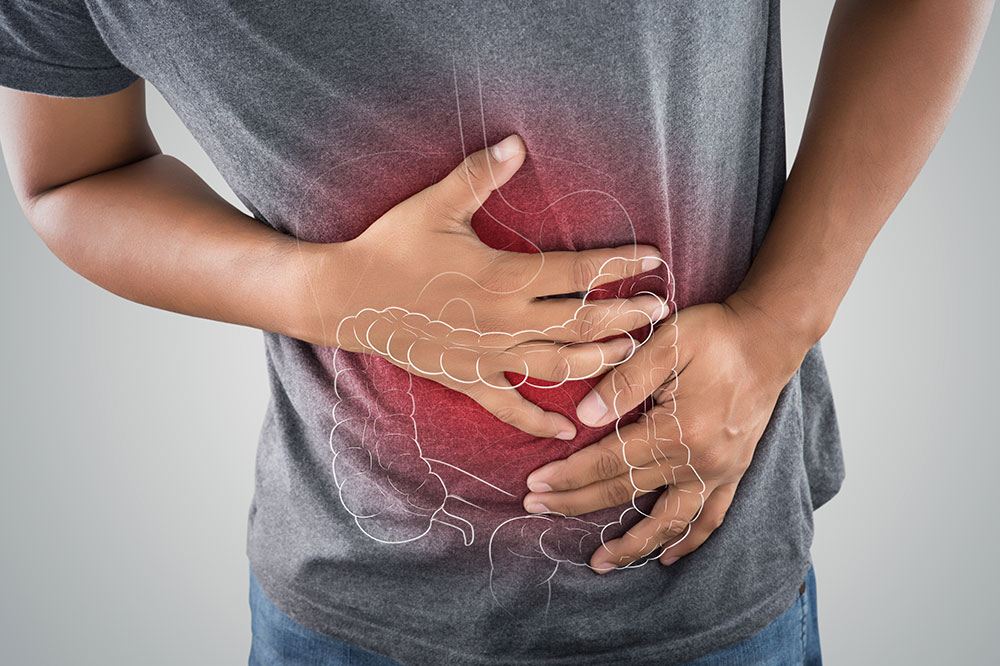
Major Gender-based Differences in Colon Cancer
Colon cancer is the formation of cancerous tumors in the colon or large intestine. Like all cancers, there are four stages depending on the severity. Stage one is when symptoms arise, and cancer has typically metastasized to other organs in stage four. Common symptoms include constipation, diarrhea, changes in stool, rectal bleeding, excessive gas, abdominal cramps, and pain.
The American Cancer Society collected statistics and found gender differences in the prevalence of colon cancer. While 1 in 23 men develop this kind of cancer, only 1 in 25 women is affected. The symptoms of the disease are the same in men and women. It is important to remember that most symptoms do not arise in all patients in the early stages.
1. Differences in Symptoms
The experiences of men and women with colon cancer are different. Cancer is most common for men in the sigmoid colon, which is the further part of the large intestine. Cancer present in the sigmoid colon or the rectum causes blood in the stools or a persisting urge to use the toilet. Women are less likely to experience such bothersome symptoms since they experience cancer higher up in the colon.
An important note here is that colon cancer symptoms are similar to gynecological issues. Colon cancer used to be more likely in women who underwent menopause. However, in recent years, the statistics of women under 50 with colorectal cancer has been increasing. These women have a lesser chance of being diagnosed early since the symptoms of colon cancer can be mistaken for signs of menstruation or even other gynecological issues. Changes in bowels, abdominal cramping, tiredness, and fatigue are common to menstruation and colon cancer. However, hormone replacement therapy acts as a protective feature since female hormones offer protection against colon cancer.
2. Differences in Diagnoses
The difference in location and symptoms of colon cancer makes it more likely for men to be diagnosed in stage 1 than women. 18% of men are diagnosed at stage 1, 2% more than the percentage of women. The median age of diagnosis for women is 71, as compared to 67 years in men. Even though colon cancer is diagnosed earlier in men, it is still more deadly in men than in women.
3. Differences in Risk Factors
Colon cancer’s primary cause is polyps in the large intestine. Polyps are tiny growths on the inner wall of the colon. These are on their own harmless but have the potential to turn into cancerous tumors. Men tend to develop polyps at a younger age than women do. Studies show that this could be up to 10 years before women start developing polyps. Lifestyle choices, like obesity, lack of exercise, and a pro-inflammatory diet, play a role in developing this cancer. All of these factors affect men more negatively than women when increasing the risk of colon cancer.
While men and women have protective and risk factors, early screening and regular check-ups can help beat cancer, no matter your gender. Remember that cancer is curable with today’s medical advancements, and after treatment, you can still have an excellent quality of life.


